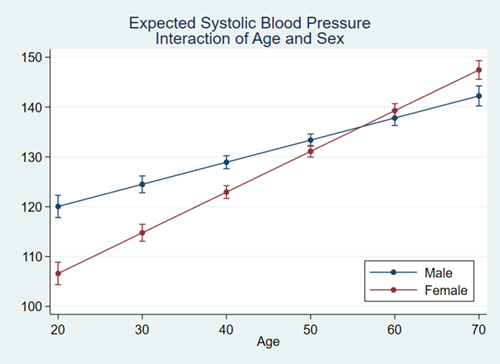

I was told that the unix machines were great with monster data sets (which is indeed the case) but their clock speed probably wasn't that much better than what i had with my own machine. To my surprise, I found they weren't any faster than my 5 year old desktop.

I too have tried running sem on some superpowered UNIX machines we have. Bill Gould confirmed as much in this thread: I haven't found that MP with sem is all that much faster (indeed, maybe not any faster) than SE.
#HOW MCUH FASTER IS MULTI CORE STATA MP CODE#
The first two lines of code estimate a continuous outcome variable, while the last four lines estimate binary outcomes. The data is unbalanced panel data held in 'long' format with 78,000 observations of 13,000 people. I don't however have the statistical background to understand whether my model should be running faster than the 'lower bound (no improvement)' as it says on the Stata website. I understand Stata/MP can only run as fast as the mathematical processes will allow and therefore doesn't speed up all opreations. I don't need to ask Stata to use more cores. My question is, am I doing something wrong which is leading to the models running at the same speed on the multi-core and single core machines?įrom what I have read, the multi-core features work automatically - i.e. I continue to use the multi-core system because it is convenient, however my current model has been running for 8 days so far so I am exploring alternatives. I found the models ran at the same speed on my laptop (8 GB single core laptop running Stata/IC 14) as they did on the multi-core system. Using Stata/MP I have run a series of generalised SEM using gsem. I have access to a high speed shared computing facility at work and can connect to a node which has 64 GB RAM and 12 CPU cores. I have question regarding optimizing the multiple processor features in Stata/MP (13.1).


 0 kommentar(er)
0 kommentar(er)
